Table of content
Pancakes, often hailed as a breakfast staple, hold a special place in culinary traditions across the globe. From the thick, buttermilk-infused stacks of the American South to the delicate, lace-like crêpes of France, these griddle-cooked treats have evolved into a universal symbol of comfort and indulgence. This article delves into the art of crafting classic fluffy pancakes, a version that strikes the perfect balance between simplicity and gourmet appeal. Whether you’re a novice cook or a seasoned home chef, this guide will equip you with the knowledge to create pancakes that rise to golden perfection, boasting a tender crumb and a hint of vanilla sweetness.
The Science Behind Fluffy Pancakes
Before diving into the recipe, it’s essential to understand the science that transforms a bowl of batter into a cloud-like breakfast. Pancakes derive their lightness from a chemical reaction between leavening agents—typically baking powder—and liquid ingredients. When moist ingredients like milk or buttermilk interact with baking powder, carbon dioxide bubbles form, creating air pockets that expand when heated. This process, known as “leavening,” ensures your pancakes rise instead of flattening into dense disks.
Additionally, the ratio of wet to dry ingredients plays a pivotal role. Too much liquid, and the batter becomes thin, leading to crepe-like results. Too little, and the pancakes turn out dry and rubbery. Striking the right balance requires precision, but fear not—the recipe below has been meticulously tested to guarantee consistency.
Ingredients: Building Blocks of Perfection
The beauty of pancakes lies in their humility. Most ingredients are pantry staples, making this recipe accessible even on a whim. Here’s what you’ll need:
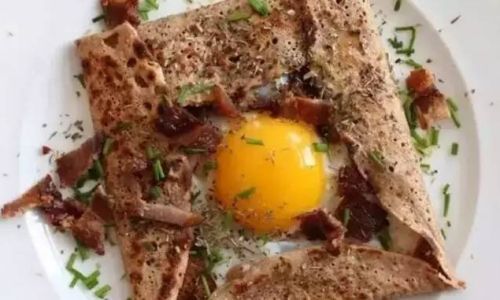
- 1½ cups (190g) all-purpose flour: The structural backbone of the pancake. For a heartier texture, substitute up to half with whole wheat flour.
- 3½ tsp baking powder: The leavening agent responsible for lift. Ensure it’s fresh—expired baking powder will result in flat pancakes.
- 1 tbsp granulated sugar: Enhances browning and balances flavor. Adjust to taste or omit for savory variations.
- ½ tsp salt: Elevates the overall taste profile.
- 1¼ cups (300ml) milk (dairy or plant-based): Provides moisture and activates the baking powder. Buttermilk adds tanginess; adjust consistency with extra milk if needed.
- 1 large egg: Binds ingredients and adds richness. For vegan alternatives, use a flaxseed “egg” (1 tbsp ground flaxseed + 3 tbsp water).
- 3 tbsp melted butter (or neutral oil): Imparts flavor and prevents sticking. Clarified butter or coconut oil works for dairy-free options.
- 1 tsp vanilla extract (optional): Adds aromatic depth.
Optional Add-Ins:
- ½ cup fresh berries, chocolate chips, or diced bananas
- 1 tsp ground cinnamon or nutmeg
- Lemon zest for brightness
Step-by-Step Instructions
Prep Your Workstation
Gather all ingredients and tools before starting. A large mixing bowl, whisk, nonstick skillet or griddle, and a ladle or measuring cup are essential. Preheat your cooking surface over medium-low heat—too high, and the pancakes burn; too low, and they become greasy.
Combine Dry Ingredients
In a mixing bowl, whisk together the flour, baking powder, sugar, and salt. This ensures even distribution of leavening agents, preventing bitter pockets of baking powder.
Mix Wet Ingredients
In a separate bowl, whisk the milk, egg, melted butter, and vanilla (if using) until smooth. For buttermilk pancakes, substitute ¼ cup milk with ¼ cup buttermilk and reduce baking powder to 2½ tsp.
Marry Wet and Dry Ingredients
Create a well in the center of the dry ingredients and pour in the wet mixture. Gently stir with a spatula or wooden spoon until just combined. Lumps are normal—overmixing develops gluten, yielding tough pancakes.
Let the Batter Rest
Allow the batter to sit for 5–10 minutes. This resting period hydrates the flour, resulting in tender pancakes, and allows the baking powder to activate fully. You’ll notice bubbles forming—a sign of readiness.
Cook the Pancakes
- Lightly grease the skillet with butter or oil.
- Use a ¼-cup measuring cup to portion batter onto the skillet. For smaller pancakes, use 2–3 tbsp.
- Cook until bubbles form on the surface (2–3 minutes), then flip and cook for an additional 1–2 minutes until golden brown.
Pro Tip: Maintain consistent heat. If pancakes brown too quickly, reduce the temperature.
Keep Warm Until Serving
Place cooked pancakes on a baking sheet in a preheated 200°F (93°C) oven. This keeps them warm without drying them out.
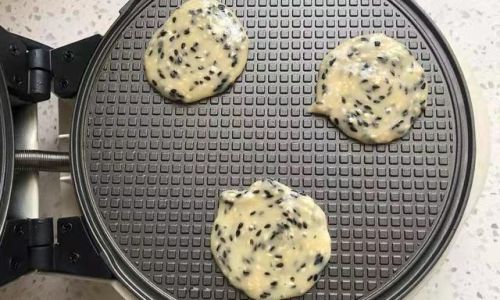
Troubleshooting Common Issues
-
Flat Pancakes:
- Expired baking powder.
- Overmixed batter.
- Skillet too hot, causing premature setting.
-
Gummy Texture:
Undercooked centers. Ensure bubbles appear before flipping.
-
Burnt Exterior, Raw Interior:
Heat too high. Lower the flame and cook slower.
Creative Variations
Blueberry Surprise Pancakes
Gently fold ½ cup fresh or frozen blueberries into the batter. For a burst effect, place berries individually on each pancake after pouring the batter onto the skillet.
Chocolate Lover’s Dream
Add ¼ cup cocoa powder to the dry ingredients and ½ cup chocolate chips. Serve with a drizzle of Nutella and sliced strawberries.
Savory Pancake Twist
Omit sugar and vanilla. Incorporate ½ cup grated cheddar cheese, 2 tbsp chopped chives, and a pinch of black pepper. Top with a fried egg and avocado slices.
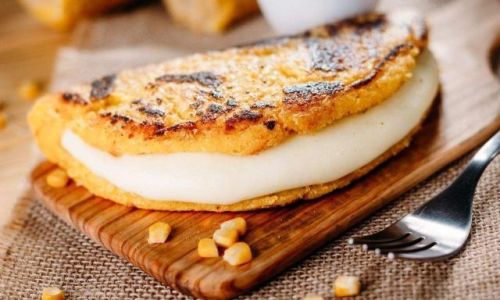
Gluten-Free Adaptation
Substitute all-purpose flour with a 1:1 gluten-free blend. Add ¼ tsp xanthan gum for structure.
Serving Suggestions
The classic pairing of maple syrup and butter never disappoints, but elevate your presentation with these ideas:
- Fruit Compote: Simmer frozen berries with a splash of orange juice and honey until thickened.
- Whipped Cream: Stabilize whipped cream with a touch of cream cheese for a sturdier topping.
- Nutty Crunch: Sprinkle toasted pecans, almonds, or hazelnuts over syrup.
- Citrus Zest: Grate lemon or orange zest over pancakes for a refreshing twist.
Storage and Reheating
Leftover pancakes freeze beautifully. Layer them between parchment paper in an airtight container and store for up to 2 months. Reheat in a toaster, oven, or microwave. For a quick breakfast, pop frozen pancakes directly into the toaster until warmed through.
The Cultural Tapestry of Pancakes
Pancakes transcend borders, each culture adding its unique flair. In Russia, blini are served with caviar and smoked salmon. Ethiopia’s injera is a sourdough-fermented flatbread. Japan’s dorayaki sandwiches red bean paste between two pancake-like layers. Exploring these variations is a delightful culinary adventure, but mastering the classic American pancake is a rite of passage for any home cook.
Conclusion: The Joy of Pancake-Making
There’s a meditative rhythm to pancake-making—the sizzle of batter hitting the skillet, the aroma of vanilla wafting through the kitchen, and the anticipation of that first golden bite. This recipe is a canvas for creativity; tweak it, embellish it, and make it your own. Whether you’re feeding a hungry family or treating yourself to a lazy weekend breakfast, pancakes are more than a meal—they’re a celebration of simplicity and the joy of sharing food with loved ones. So preheat that griddle, and let the magic unfold.
Final Tip: Experimentation is key. Once you’ve mastered the basics, don’t hesitate to incorporate unexpected ingredients like matcha powder, bacon bits, or even mashed sweet potato. After all, the best pancakes are the ones that reflect your personality—sweet, savory, or somewhere in between.
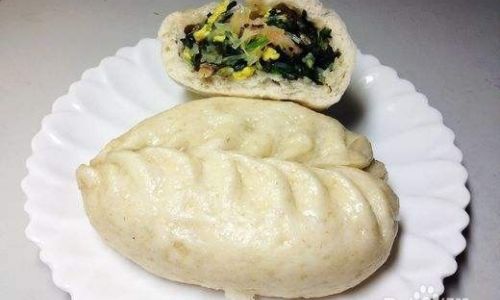

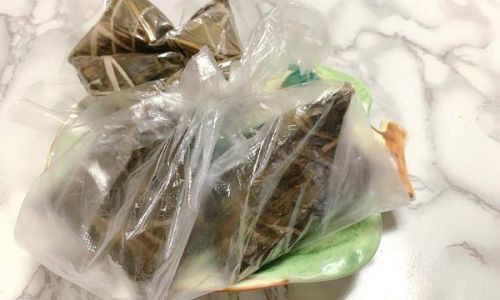
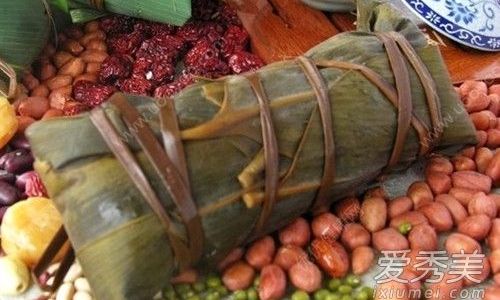
0 comments